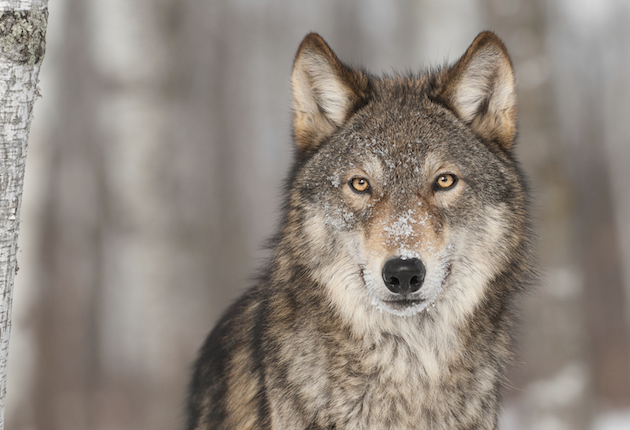Alaska officials plan to challenge in court a federal rule governing wildlife management on refuges there, hoping to end what they say is federal overreach by the U.S. Fish and Wildlife Service (FWS).
The FWS recently adopted a final rule on predator harvests on wildlife refuges in Alaska, which state wildlife managers say violates the Alaska National Interest Lands Conservation Act, the Refuge Improvement Act, and the Alaska Constitution.
The rule prohibits taking black or brown bear cubs or sows with cubs, taking brown bears over bait, taking bears using traps or snares, taking wolves and coyotes from May 1 to Aug. 9, and taking bears from an aircraft or on the same day as air travel has occurred.
In 2015 the National Park Service (NPS), also under the Department of the Interior, placed similar restrictions on national park lands there.
While no litigation has been filed at this time, Alaska Gov. Bill Walker told the “Alaska Journal of Commerce” this week the state is planning a lawsuit to stop implementation of the rule, and is consulting with stakeholders and governors of other Western states because the federal overreach is a state’s rights issue.
FWS officials haven’t given one example of how these changes were necessary to ensure viable populations of any wildlife species. In fact, a statement by FWS Director Dan Ashe stated the rule was implemented, “In response to public interest and concern about predator harvests on national wildlife refuges across Alaska.”
State and federal officials have always partnered on wildlife management. But Alaska officials say the FWS’s recent actions cater to outside groups like the Humane Society of the U.S. and other environmental groups at the expense of the people relying on the resource.
The FWS manages 16 national wildlife refuges (76.8 million acres), and the NPS oversees 24 national parks (54 million acres) of land in Alaska. More than 60 percent of all land managed by the NPS is in this state.
U.S. Sen. Lisa Murkowski, R-Alaska, chairman of the Senate Committee on Energy and Natural Resources, said, “The implications of the FWS rule are also far-reaching . . . and it will likely serve as a model for similar takeovers in the Lower 48.
Alaska Congressman Don Young said, “This unilateral power grab fundamentally alters Alaska’s authority to manage wildlife across all areas of our state. If this rule is allowed to stand, we could see an opening for future jurisdictional takings by the federal government – transforming a cooperative relationship between Alaska and the Fish and Wildlife Service to one of servitude.”
Alaska is not the only Western state to take the federal agency to court in recent years. Arizona filed litigation against the FWS for failing its “statutory duty,” to develop an updated recovery plan to guide the Mexican wolf recovery effort there. They contend the action was necessary to force the agency to provide such a plan, and that utilizes the best available science as legally required by the Endangered Species Act (ESA).
“The Service is currently in litigation with special interest groups and settlement discussions could possibly occur without our knowledge or involvement, as has occurred in previous Mexican wolf lawsuits. As the state’s wildlife authority, we will not sit on the sidelines when it comes to decisions affecting Arizona’s wildlife,” said Robert Mansell, chair of the Arizona Game and Fish Commission.
“The commission repeatedly requested an updated recovery plan from the Service over several years, as the current plan was developed in 1982, and fails to provide several of the key legal requirements. One of the key failings of the current recovery plan required by ESA is the identification of criteria required to downlist and delist this subspecies of wolves from the ESA. Without these criteria, it is impossible to ever remove Mexican wolves from endangered status,” said Mansell.
The New Mexico Department of Game and Fish (NMGF) recently received a temporary restraining order in a District Court to prevent the FWS from releasing endangered Mexican gray wolves there, until FWS can come up with a detailed, science-based recovery plan for the species.
After requesting the plan, the FWS released two pups, despite widespread opposition from ranchers, hunters, and wildlife management officials in that state.
NMGF’s Director Alexandra Sandoval said the releases were, “unpermitted and illegal,” and the action “demonstrates a disregard for our state’s sovereignty.”
— Etta Pettijohn


 Hunters are being warned of potential wolf attacks when running dogs this hunting season. (Photo: Holly Kuchera/iStock)
Hunters are being warned of potential wolf attacks when running dogs this hunting season. (Photo: Holly Kuchera/iStock)